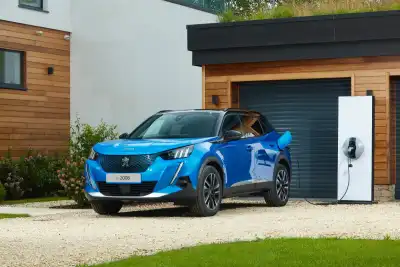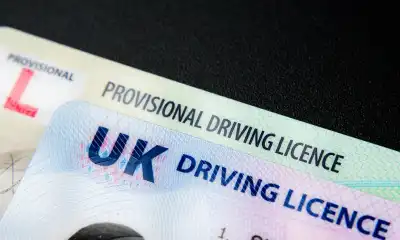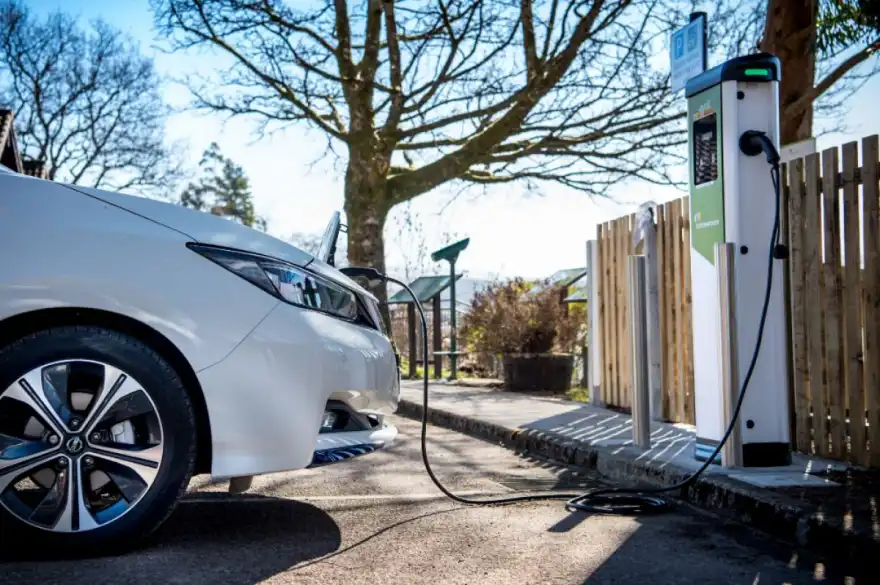
A lot of potential electric car buyers find that charging is the most intimidating part of making the transition from fossil fuels to electricity. As a foreign concept, we can understand why people might find charging to be confusing, but it really needn’t be difficult and the truth is that it’s no more complicated than picking the right pump at the petrol station.
With combustion-powered cars, there’s a green pump for petrol and a black pump for diesel. There are a number of different plugs and adapters available for electric cars, but it’s all very easy to understand. We’ll run you through the basics...
The Type 1 Plug
The Type 1 plug is the connection most typically used in North America. It was the most common cable here in the UK and Europe too, but it has been quickly replaced by the Type 2 plug. Type 1 is a five-pin connector and you’ll only really find it being used on older models of the Nissan Leaf and the Mitsubishi Outlander PHEV. Both of those models now use the Type 2 plug.
The Type 1 connector was phased out as it was only designed for Alternating Current (AC) slow and fast charging. This means that it could handle currents between three and seven kilowatts. Charging points across the UK will still support charging via a Type 1 connector if you’re thinking of buying a second-hand electric car.
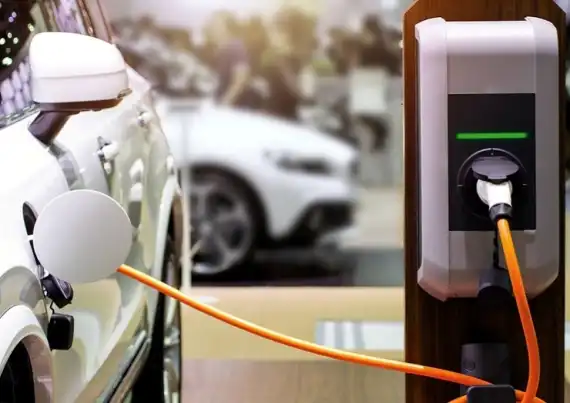
The Type 2 Plug
The ‘Type 2’ is the modern plug that you’ll come across on pretty much every electric vehicle sold in Europe. The Type 2 is immediately identifiable by its 7-pin layout (opposed to the type 1 charger’s 5-pin). The Type 2 can actually be locked in position while charging the car, whereas the Type 1 couldn’t.
The ‘Type 2’ is now very much the standard charging cable in the UK and Europe. You’ll find that pretty much all tethered charging points have a Type 2 cable plug fitted, meaning you don’t necessarily have to rely on carrying your own charging cable around in the boot.
The Type 2 charger is able to work with both fast and slow charging points, like the Type 1, but it is able to handle currents of up to 22 kW. Tesla uses a modified version of the Type 2 connector which is compatible with both domestic wall boxes, public charging points and also their own Tesla Supercharger network of Rapid Chargers.
The CCS
The CCS, which stands for Combined Charging System, is the connector most commonly used in modern electric cars for Direct Current (DC) charging. This has become more and more popular as it allows users to charge at a public DC rapid charger and at home using an AC domestic wall box.
The CCS connector is always connected with either a Type 1 or Type 2 charger. The arrangement of the pins will have the 5-pins of Type 1 or the 7-pins of Type 2, then with 2 additional, larger pins, arranged below.
The CCS chargers allow the greatest amount of flexibility for users, as they are compatible with both Type 2 connectors and rapid charging CCS connectors, which can handle up to 350kW of current.
When using a rapid charger, the 2 pins at the bottom of the CCS charger are used, whereas when you’re charging at home the 5 or 7 pin arrangements are used.
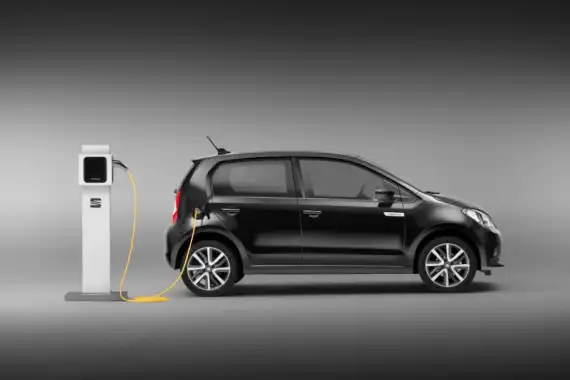
The CHAdeMO Plug
When rapid charging was first introduced way back in 2010, the CHAdeMO plug was the first used but the technology is in no way primitive. The CHAdeMO is purpose-built for rapid charging and it is capable of handling up to 400kW, although it is likely that this will rise to up to 900kW in the near future and the technology evolves.
The CHAdeMO - which stands for Charge de Move - is the connector typically favoured by the likes of Honda, Subaru, Mitsubishi, and Toyota. These cars will have more than one charging port, though. They’ll use the CHAdeMO for rapid charging, and be equipped also with a Type 1 or Type 2 connector as well.
This means that cars fitted with the CHAdeMO connector are still just as flexible as cars fitted with the CCS, however, they are not as seamlessly integrated as two separate charging ports are required instead of one combined charging port.
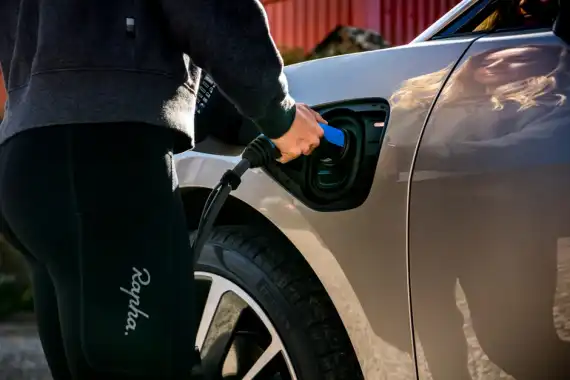
The Domestic Plug
Every electric vehicle has the ability to be charged from the plug socket in the wall of your home. This requires a cable with a 3-pin plug at one end, a transformer box in the middle, and then a Type 1 or 2 plug at the other end. This method is not encouraged to be your primary method of charging as it is very slow and also puts a lot of strain on the connector as the car will charge at 2.3kWh while the cables are limited to 3kWh.
Understanding the Charging Cables
When you buy an electric car you will typically be given two charging cables. The ‘Mode 2’ cable is the one with a 3-pin plug at one end which is ready to be used with your domestic plug socket. This is the slowest way of trickle charging your car and a full charge will take over 15 hours for most cars. This cable will have either a Type 1 or 2 plug at the other end to be entered into the vehicle.
The other cable you will get when you purchase an electric car is the ‘Mode 3’ charging cable. This allows you to connect to an untethered charging point (where the cable isn’t fixed to the charging point). This is a double-ended cable with Type 2 connectors at both ends - although some older vehicles may still use Type 1 connectors.
It is important to understand the difference between charging cables and charging plugs when buying an electric vehicle, but it really isn’t as complicated as it may first appear. You’ll find that the majority of public charging points use Type 2 sockets, and the majority of vehicles bought in this country are compatible with Type 2.
Lastly, it’s worth noting that all charging points come with easy-to-understand instructions to ensure that you’re not left confused without any battery left in your vehicle!

